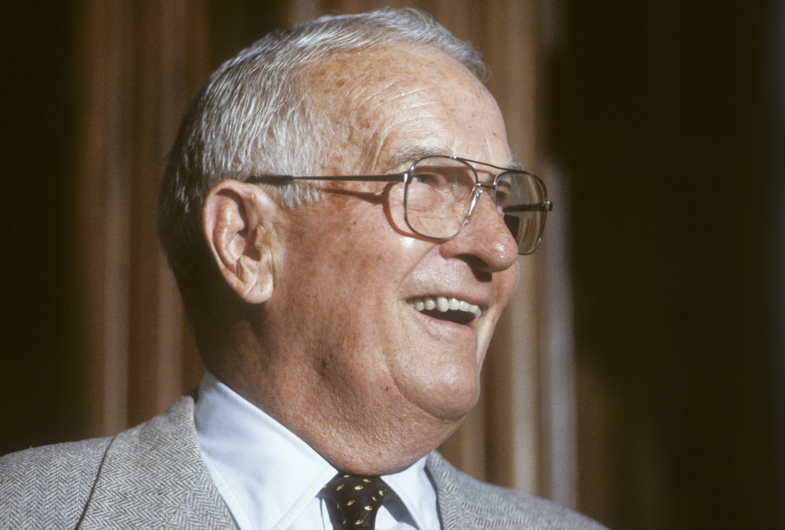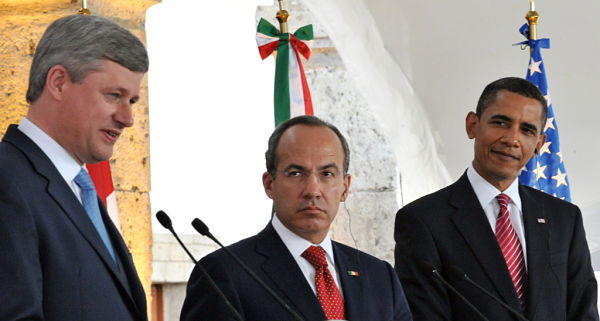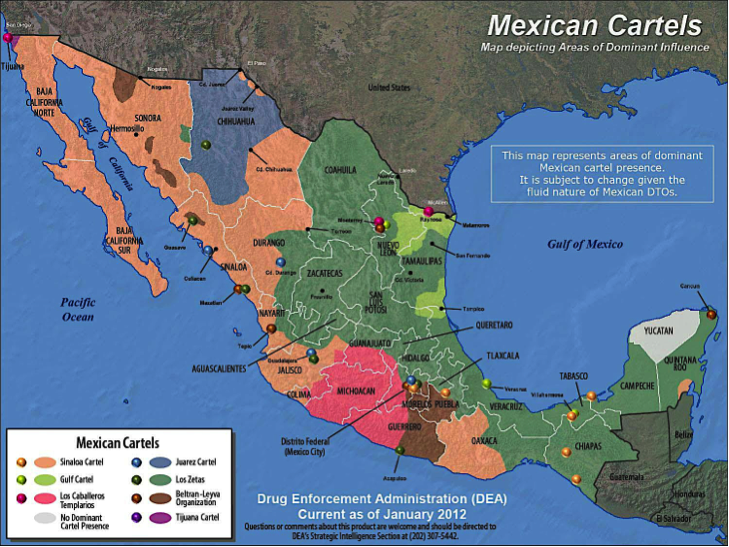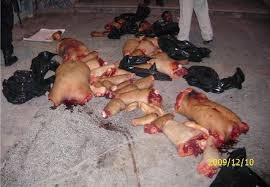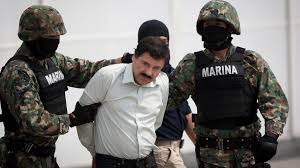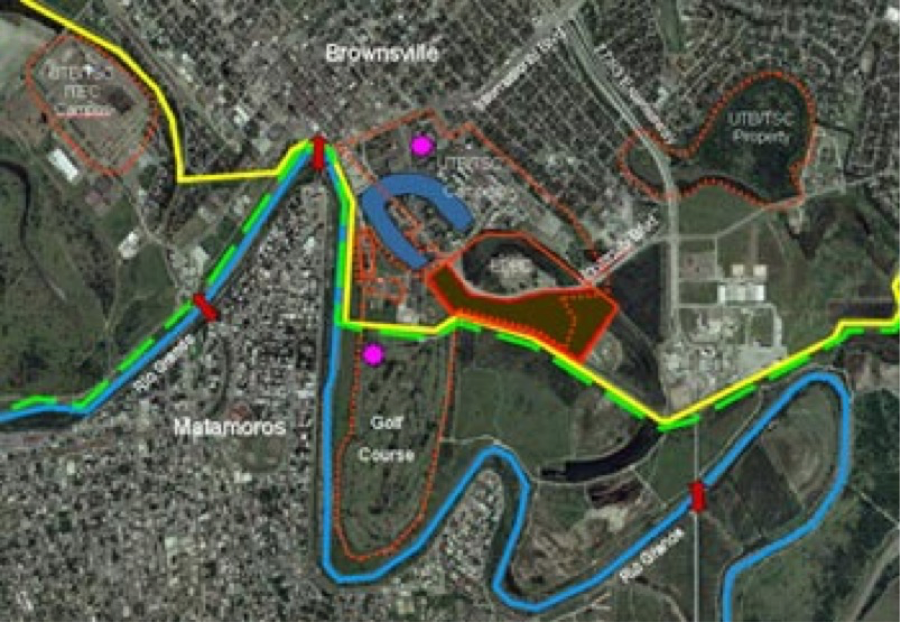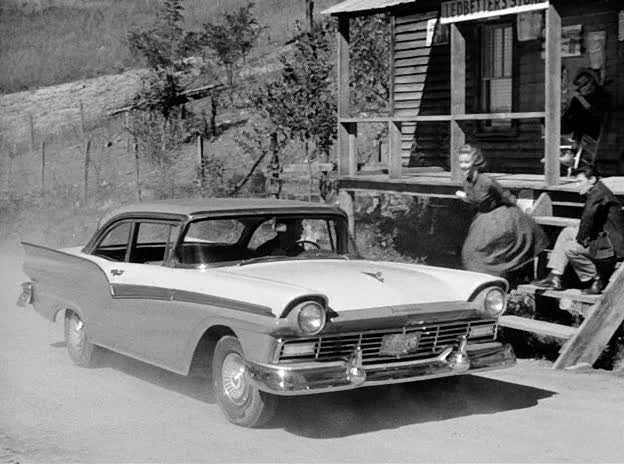Unsolved crimes and police conduct are prominent topics in 2014. Police actions particularly in a St. Louis suburb, Ferguson, and in Staten Island of NYC and then the murders of two NYC officers has dominated much media and public attention during the Fall and Winter months. A different issue occurred in the Mexican State of Guerrero that has ignited Mexican concerns about police, gangs and government.
Austin is determining the number of officers it will need as the City grows rapidly and this article on Houston sheds some light on American and likely Mexican issues with regard to the police.
This story is a contextual item to consider as cities decide the number of officers needed including the percent of uncommitted time. Most larger American communities have subcultures and those subcultures vary in terms of education, income levels, family structure and experiences with crime. African Americans and Hispanics suffer higher crime rates with substantial correlations between victim and perpetrator characteristics. A developing difference to the past in America is the increased rates of unsolved crimes. Today the national rate is about 62 percent, thus about 6 out of 10 cases are solved. However in the 1960’s, the clearance rate (murders solved) was 90 percent. Only the rate among white victims approaches that today with about 85 percent of murders of whites solved. Urban areas and gang and drug-related as well as rates with young males are all important factors in unsolved (no-clearance) murders. Several cities (Washington, D.C., Detroit, Chicago, New Orleans, Phoenix) have the highest rates.
If there are adequate numbers of police, appropriately recruited, trained and supervised; if connections are made with all of the neighborhoods, clearance rates will be high as will be trust and respect of the police. Austin has rapidly growing and changing neighborhoods with many persons from countries with low clearance rates and wary of police. Much of the population of Austin is young and the country’s major route of illegal drugs passes from Nuevo Laredo along IH 35 through Austin. In most instances the drugs are moved by gangs and a constant influence in some Austin neighborhoods. Thus several factors exist that can lower the clearance rate.
The article from Houston illustrates this lowered clearance rate. Effective police work starts with community rapport and support and if that is low then these results as Houston’s follow.
A positive note is that these rates of unsolved murders pale as compared to some other countries such as Mexico that often has rates of 98 percent unsolved murders. The murders of 43 plus community college students in the Mexican state of Guerrero in September and the attendant concern of Mexican citizens along with the failure of its governments to address such issues is not a path we want to take in our country and should alert our attention to facts such as these from Houston.
MLL
HOUSTON — At least 353 killings in Houston since 2009 remain unsolved, with only about 7 percent of those cases involving white victims, the Houston Chronicle reports.
An analysis of Houston police records by the newspaper published Sunday shows that about 90 percent of Houston homicide victims are minorities.
Houston Chronicle
By James Pinkerton, Mike Tolson, and Matt Dempsey
December 27, 2014 Updated: December 28, 2014 1:06pm

Photo: Marie D. De Jesus, Staff
Vera Thompkins, right, with daughter Quinta’le Ross, still has no answers in the 2009 shooting death of her son Quincy.
Vera Thompkins was devastated but not entirely surprised when she received the kind of news that every parent fears above all. Her son had been found dead – more precisely shot to death – his body, with multiple bullet wounds, left face down on the lawn of a vacant west Houston home.
++++++++++++++++++++++++++++++++++++++++++++++++++++++++++++
“All I can tell you is that when it comes to homicide victims, the Houston homicide division is colorblind,” Capt. Dwayne Ready, who heads the division, said.
Chief Charles McClelland, who is black, says because of the preponderance of minority victims, it’s no coincidence that most of the unsolved cases also involve minorities.
Houston averages about 200 homicides a year, and officials said the number of closed cases in the city is about equal to the national average of 65 percent.
History shows most of the open cases likely won’t ever be solved.
Of all the Houston cases cleared in any given year, an average of 15 date back more than 12 months, the newspaper found. Like most big-city police departments, the majority are solved within 30 days, illustrating the importance of the first few days of an investigation.
Data show that 60 percent of cases involving black homicide victims over the past 51Ž2 years have been solved, while the rate for Hispanic victims is only 46 percent.
Drug-related slayings account for many of the unsolved homicides, according to Ken Peak, a criminologist who teaches at the University of Nevada-Reno.
“Clearances across the country have dropped considerably because of the gangs and the drug murders,” Peak said. “It used to be you could count on 90 percent clearance because you could trace back and identify a suspect who might have had a motive, and talk to witnesses who are willing to come forward.”
But he said that in some neighborhoods, witnesses are scared to give evidence against heavily armed gang members. Also in play is the immigration status of the witnesses, who may not be as willing to help a non-Latino officer, Peak said.
Ready said his division includes black, Hispanic and a dozen female detectives, but 58 of the 83 investigators are white.
Former Police Chief C.O. Bradford, who is now a city councilman, said that investigators may be colorblind, but that it’s more difficult for a detective who comes from a different background.
“You can’t replace what a person understands about their culture,” Bradford said. “If I don’t understand the culture, I may approach the wrong person first, or approach someone publicly who I should meet with privately.”

